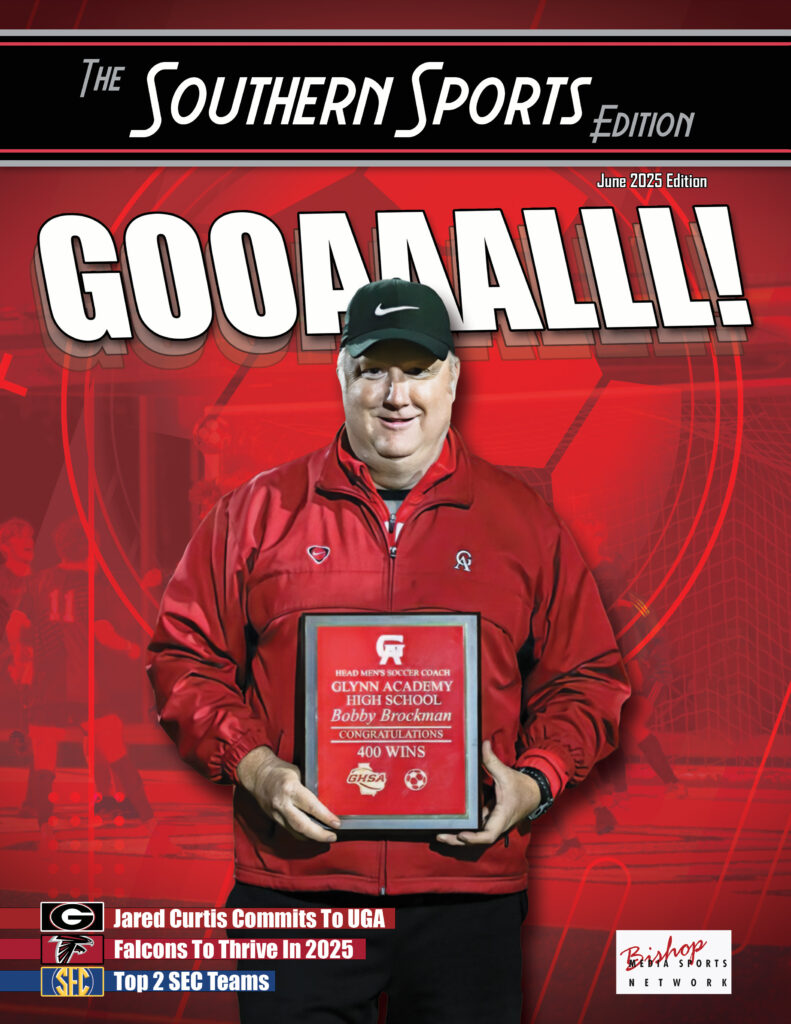The History of The World’s Largest Outdoor Cocktail PArty
The History
 By: Michael Spiers
By: Michael Spiers
TheSouthernSportsEdition.com news services
The Georgia-Florida rivalry is one of the oldest and most exciting matchups in all of college football.
Every year, when the University of Georgia Bulldogs are scheduled to face off against the University of Florida Gators, it’s a game both fanbases circle on their calendars.
The two teams have been meeting for over a century, and while Georgia claims the rivalry started in 1904, Florida doesn’t count that game.
That’s because the 1904 Florida team wasn’t from the university as we know it today—it was from a predecessor school, Florida Agricultural College. The official start, according to both schools, was in 1915 when Georgia shut out Florida 37-0.
The game has almost always been played in Jacksonville, Florida, since the 1930s, and it’s become a huge part of the River City’s culture.
Jacksonville was originally picked as a neutral site because it’s between the two schools, and before Interstate 95, it was easier to get to with the modes of transportation available at the time.
Now, it’s an annual event that draws thousands of fans to the city, with plenty of tailgating and partying that turns the weekend into a big celebration. The game itself brings in millions of dollars to Jacksonville’s economy, making it a win for the city as well.
What makes this rivalry unique is that there isn’t a traditional trophy like in other famous matchups. Instead, the winning team takes home a staff made from a tree in the Okefenokee Swamp, which is on the Georgia-Florida border. Right now, that staff is in Georgia’s possession.
Over the years, the game has seen some wild moments. It’s even earned the nickname “The World’s Largest Outdoor Cocktail Party” because of how rowdy the tailgates and celebrations can get.
Fans have been known to party hard, and in the past, things got a little too crazy. In the 1980s, after some alcohol-fueled incidents, including fans tearing down goalposts, Jacksonville had to crack down on the party atmosphere to keep things under control.
They even stopped using the “Cocktail Party” nickname officially, but the fun hasn’t really gone away.
On the field, Georgia dominated the early years, winning most of the games up until the 1950s. Florida didn’t start to gain ground until the ’50s, and the rivalry really heated up when Steve Spurrier became Florida’s head coach in 1990.
Under Spurrier and his successors, Florida went on a tear, winning most of the games in the ’90s and early 2000s. In the last 15 years, though Georgia has won the last three years in a row, the two teams have been more evenly matched.
This game often plays a big role in determining who comes out on top in the SEC East.
Both Georgia and Florida have historically been strong contenders in their division of the conference, so the winner has commonly had a better shot at making it to the SEC Championship.
The rivalry isn’t just a big deal for the teams and their fans; it’s huge for Jacksonville.
The city goes all out to make the weekend special, and it’s a major boost to the local economy.
The game has been played at EverBank Field, home of the Jacksonville Jaguars, since the old Gator Bowl stadium was torn down in the ’90s.
EverBank offers a modern, NFL-style experience for the thousands of fans who pack it every year.
Despite occasional talk about moving the game to the teams’ home stadiums, it has remained in Jacksonville.
Both schools seem happy to keep it that way, but planned renovations to EverBank Stadium starting in 2026 will force a relocation for at least a couple of years, before a hopeful return to Jacksonville in 2028.
The city offers a big payout to the teams, and the fans love the neutral site tradition.
In the end, Georgia-Florida isn’t just a football game—it’s a massive event that people from all over look forward to every year.
Whether you’re a diehard fan or just there for the tailgate, it’s a rivalry that holds a special place in college football.




